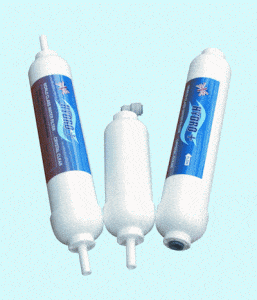 Reverse osmosis (RO) water filtration is basically a filtration method in which salt is removed from a water source making it potable – this method is known as desalination and although not as difficult to perform as on may imagine, it involves the correct filter and a bit of manipulation.
Reverse osmosis (RO) water filtration is basically a filtration method in which salt is removed from a water source making it potable – this method is known as desalination and although not as difficult to perform as on may imagine, it involves the correct filter and a bit of manipulation.
Reverse osmosis (RO) water filtration has gained in popularity over the past decade or so due to the increasing global water shortages as a result of global warming, burgeoning populations, and other extreme weather events caused by El Niño, such as the extreme drought that many countries including South Africa has recently experienced.
Reverse osmosis is not only used for desalination, but is also used to treat waste water, to produce energy and for recycling. Many countries are construction massive reverse osmosis (RO) water filtration plants to counteract the environmental impacts and various other problems caused by climate change, such as torrential flooding, rising and falling sea levels, and devastating droughts.
Osmosis is a natural process and was first discovered by Jean-Antoine Nollet in 1748, and was only observed in a laboratory setting for the following 200 years until the University of California, Los Angeles first investigated desalination of seawater using semipermeable membranes in 1950, successfully producing fresh water from seawater in the mid-1950s.It was not commercially viable at that time, but by the 1970s things had changed and in 1977, Cape Coral, Florida became the first municipality in the United States to use the reverse osmosis process on a large scale.
There are currently more than 18,000 reverse osmosis plants spread across the globe in places such as Australia, Malta, India, Saudi Arabia, South Africa, Israel, Pakistan, California, china, Spain, and many more. The process is an excellent method of providing fresh drinking water, but consumes a lot of energy.
Get water cooler and water cooler accessories from Living-Water.





